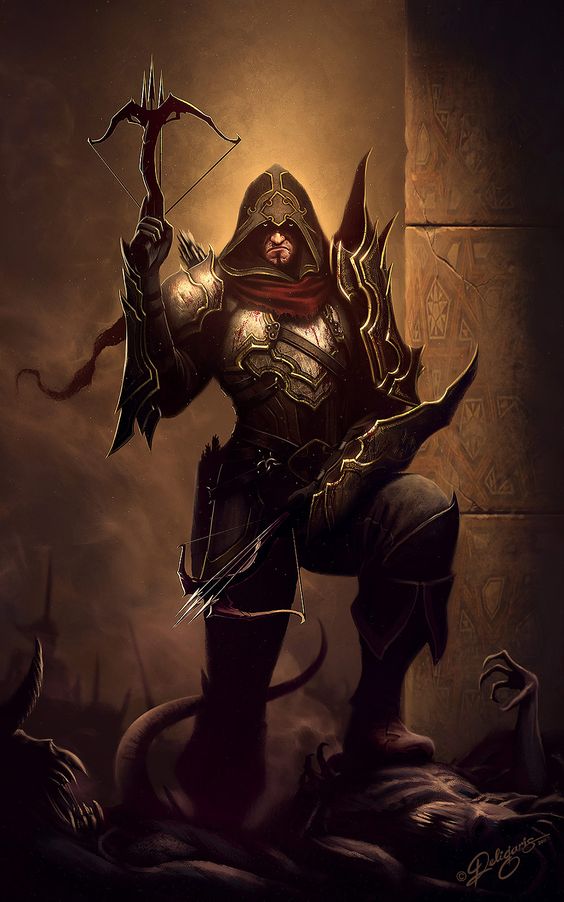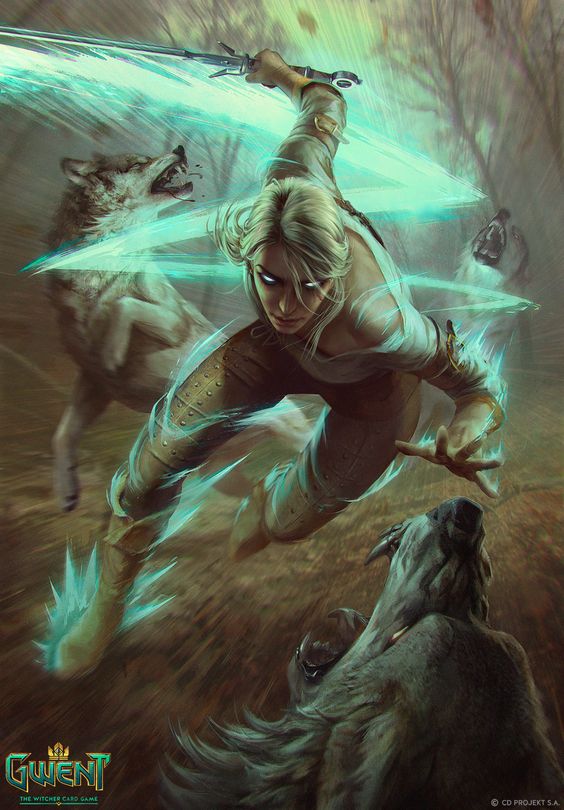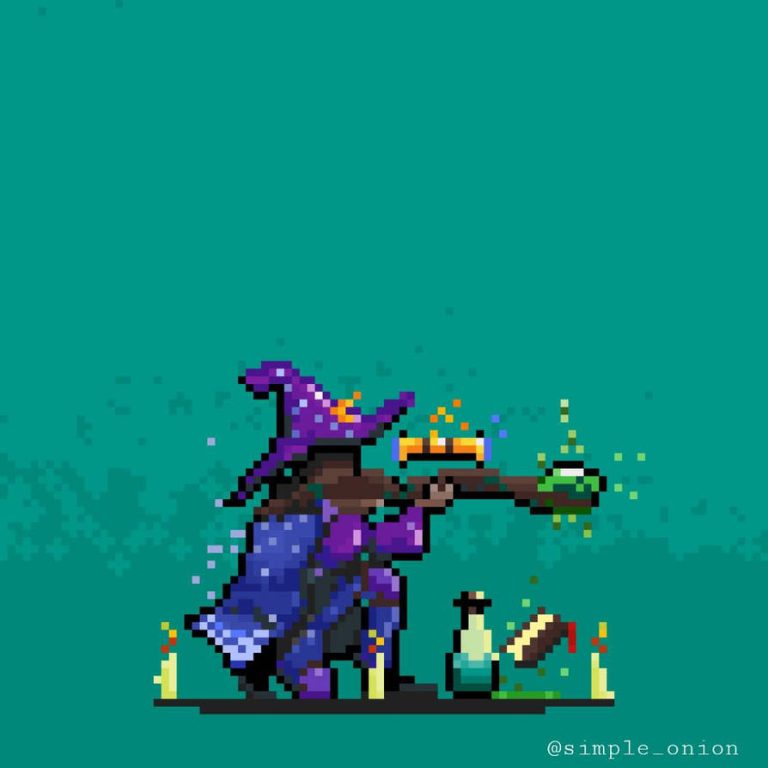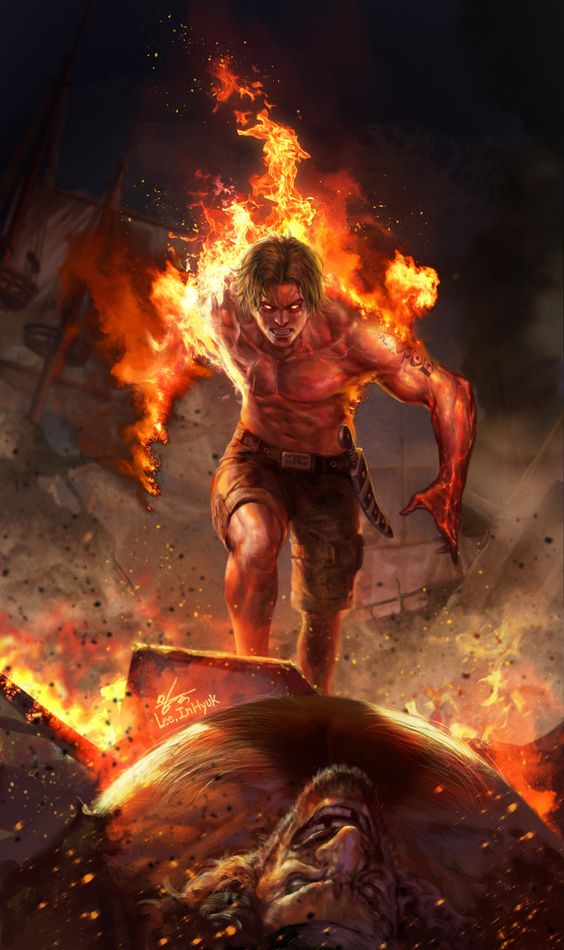D&D 5e: The Ultimate Guide to Mastering the Chef Feat
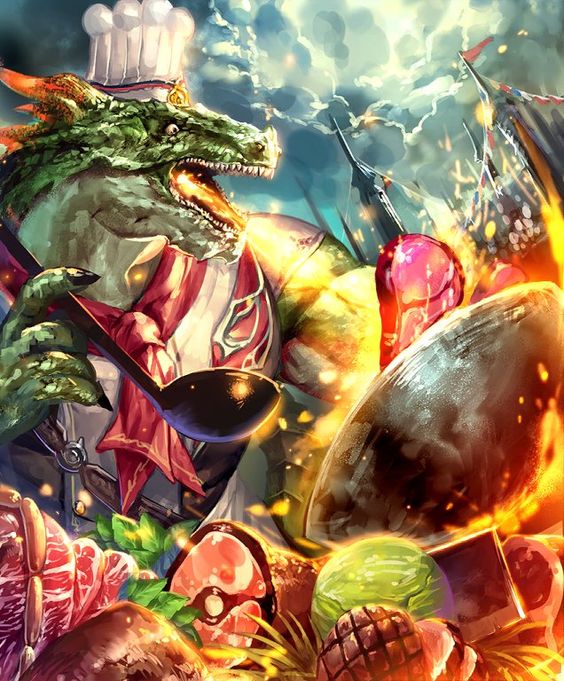
D&D 5e: The Ultimate Guide to Mastering the Chef Feat
SOURCE: Tasha’s Cauldron of Everything
Cooking in Combat: The Benefits of the Chef Feat
Benefit #1 –
Increase your Con or Wis score by 1, to a max of 20
Half an ASI, to top out an uneven score. This means the remaining benefits of Chef are considered to be half a feat. Keep that in mind as we move forwards
Benefit #2 –
Gain proficiency in cook’s utensils, if you don’t already have it
A bonus tool proficiency is nice and can be useful for some skill checks. Note this specifies you can’t swap it out for other proficiencies if you already know how to use cook’s tools
Benefit #3 –
If you have food and utensils on hand, you can cook during a short rest, healing 4 + proficiency party members for 1d8, as long as they spend any hit die
Extra short rest healing. Early, this is a lot of extra HP spread amongst party members. Even in later levels, it can keep the party’s resources topped up
Benefit #4 –
After a long rest, or by cooking for an hour, you can create treats equal to your proficiency bonus. Eating a treat costs a bonus action, and provides your proficiency bonus in temporary HP
Temporary HP is always useful, and these can be spread amongst party members by distributing your freshly made baked goods as needed.
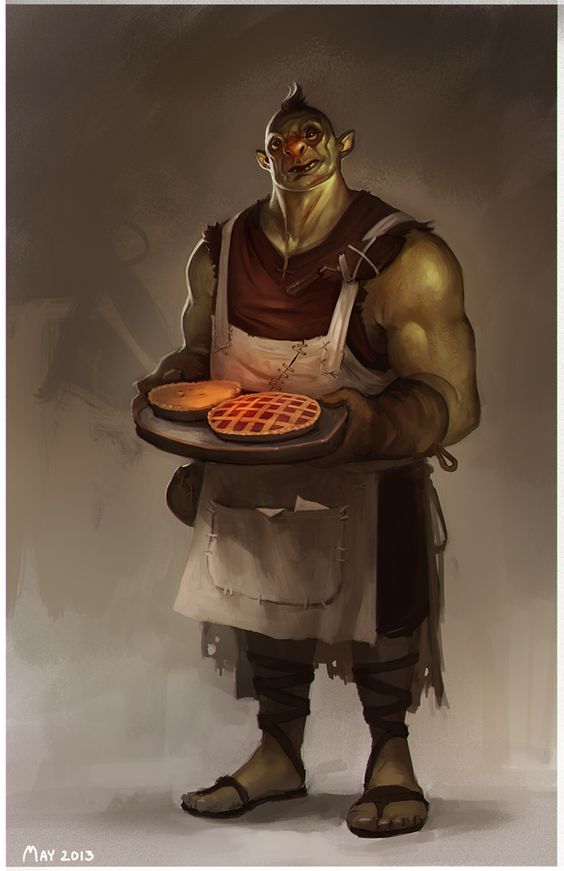
Chicken Soup for the Stab Wounds: Chef Feat Mechanics
Culinary Masterclass: Understanding How the Chef Feat Functions
Four benefits are a surprising amount for any feat to provide. Here’s how these break down:
Half an ASI in Constitution or Wisdom.
Gaining +1 to a stat is great, especially to even up an odd score, and these are both solid stats to boost. Con is the most broadly useful, as it boosts HP and a vital saving throw. Wis is great for Clerics, Druids, Monks, and Rangers, boosting class abilities, key skills, and spellcasting DCs.
Free Proficiency in Cook’s Tools.
A bonus tool proficiency is handy, even if it’s niche like this one. Remember that tool proficiencies also mean you’re proficient in knowledge around their use, so you can add your bonus to checks when examining foodstuffs. It might come in handy, that one time the Duke is poisoned at his dinner table.
This is mostly a fluff bonus, though bear in mind you do need tools on hand to benefit from the rest of the feat. Also note that you can’t pick a different tool if you already have proficiency, here.
Boosted Short Rest Healing
If you have ingredients and your cook’s utensils, (and if you’re taking this feat, why wouldn’t you?) You can cook for the party as part of a short rest.
Anyone spending one or more hit die to heal as part of this rest heals an extra 1d8 hit points.
Extra healing is always handy, and if short rests are a common resource in your campaign, this can really add up fast. Your standard 4-person party gains an average of 18 extra HP back just from this feature, which, for a mostly passive ability, is surprisingly weighty.
Epic Snack Time
Whenever you long rest, or by taking an hour out of your day, you can cook some really impressive food.
With this feature, the character cooks a number of snacks equal to their proficiency bonus, and when one is eaten, which takes a bonus action, the creature that ate it gains your proficiency bonus (again) in temporary HP.
Pre-level 5, this means the feat provides 2 temporary HP to 2 creatures. That’s … not a lot.
However, the scaling isn’t terrible, building as it does off of your proficiency. That means at the proficiency breakpoints (levels 5, 9, 13, 17,) you both bake more snacks, and each one is individually more effective. At level 5, for example, the HP provided by this feat leaps from 4 to 9. 3 treats, giving 3 THP each.
Is it worth taking an hour out of your day to cook some cookies just to get temp HP for the party? No. Not really. Especially not when the far superior Inspiring Leader feat exists, which both provide more temp HP and only requires ten minutes to activate.
But as an effectively free benefit that can be handed out to the party after every night’s sleep to use as needed, alongside the rest of the things provided here? Yeah, this is a decent little situational bonus that could just save the party’s life in a pinch.
Ideal Characters
Top Classes
Artificer – Artificers always love more tool proficiencies and already have some healing and support built into the class. Keeping the party topped up between rests and throwing some temporary HP on top of that are both things that your fellow adventurers will appreciate.
A Con bonus to help with spellcasting concentration and Expertise in the Chef’s Tools gained from the feat are just sweet little rewards to add to the pile. Plus, y’know, most cookery is basically just mad science, anyway.
Bard – The benefits of the Chef synergize incredibly well with existing Bardic features. Stacking Song of Rest and the healing from this feat could potentially double the healing a level 5 party gains from each short rest they take, forcibly dragging the party through those long and grueling adventuring days.
Barbarian – There’s a lot of play to the image of a huge, hulking brawler in pinny and chef’s whites, butchering and serving up the dragon they just killed with their bare hands as dinner.
Natural synergy with Con, plus two separate sources of more HP on a class that tends to like taking damage can go a long way.
Ranger – The party Ranger will happily make use of both Con or Wis, tends to have a high Survival skill bonus to keep the cookpot stocked, and, if built as an archer, won’t have many uses for their bonus action, so can scarf down cookies to keep stacking the temp HP shield whenever necessary.
Race or Subrace Choices
Hobgoblin: This race plus Chef makes for a surprising party player. Multiple times per day, a hobgoblin can layer more temp HP onto their friends, and gains bonuses to their attack rolls, skill checks, or saves depending on how many allies are close by. All of this ties in thematically and builds on top of the bonuses, which starts to add up quickly.
Lizardman: Two good reasons to take this. One is access to Wisdom skill proficiencies in-race, in case you don’t have another source for Survival. Two. Hungry Jaws. A bonus action bite that gives you your proficiency bonus in temp HP, multiple times per day. Yes, this is mechanically the same as eating a magical cake, making it another source of temp HP to keep you up and fighting.
Combos, Tactics, and Synergies
Complementary Feats and Spells
Some feats are standalone, doing what they need to do without needing or having any natural synergy with other feats.
The Chef feat is one of these. The things it offers are subsidiary to a character’s build, mostly fun periphery benefits, and RP potential.
But that, in a way, is an advantage. Chef slots neatly into most class packages. Are you a Fighter who wants to open your own restaurant? Great. Take this feat and it also offers a little party support with its RP benefits.
Probably the only real synergy we could find was the Goodberry spell, found on the Druid list. This level 1 spell creates 10 berries that each heal 1hp after being eaten as a bonus action, and last for an entire day. Yes, this means the party’s pockets are going to be so full of snacks they keep spilling out, and also that the Druid’s mushrooms really are magic. Who knew?
Strategies for Maximizing Cheffectiveness
Emergency rations: How you choose to give out your culinary creations matters.
One option is to stack treats on the party tank. A creature can eat one of the treats given by this feat as a bonus action, meaning that technically there’s nothing stopping someone from chowing down on sweeties every time they get stabbed, if they don’t otherwise need that action, to keep the temp HP shield up and running.
Alternatively, you could share out the treats between the party, with everyone eating them at the start of the day.
You don’t lose temporary HP until taking a long rest, meaning that these HP last for the entire adventuring day. (Or until you take damage.)
Rest stacking: Certain party compositions absolutely love taking short rests. Warlocks, Monks, and Fighters all refresh a ton of class resources whenever they sit down for an hour, and adding a character with the Chef feat reinforces that need by adding a load more healing when spending their hit die, especially in the early levels.
The DMG recommends two short rests per adventuring day. However, this can vary wildly based on what you’re doing, where you are, and the DM and campaign you’re running. After all, a party deciding to sit down for an hour in the middle of a hostile Orcish war camp is going to run into … problems.
Cooking in batches: While in most situations, cooking up multiple treats isn’t worthwhile, if you know for absolute certain that you’re walking into a big, non-time-sensitive fight, then spending a couple of hours preparing isn’t a bad idea, especially if the rest of the party are doing the same.
Treats last for 8 hours after preparation, meaning you could easily cook up two or three batches before a major fight if not more. That’s a lot of temporary HP.
Final Thoughts on Chef
Is Chef a feat that sits at the top of tier lists, dominating the meta and optimized play, creating utterly broken character combinations?
Well. No. The Chef feat isn’t the strongest choice. In any circumstance. But it does offer a large range of benefits, including half an ASI, and an absolute ton of roleplaying that is tied directly into its uses. This all makes Chef a feat that is fun and full of flavor (heh) as well as bringing a whole bunch to any character who might want to take it.
Now put that knife down. That’s not how you fillet a flumph, you donkey!


